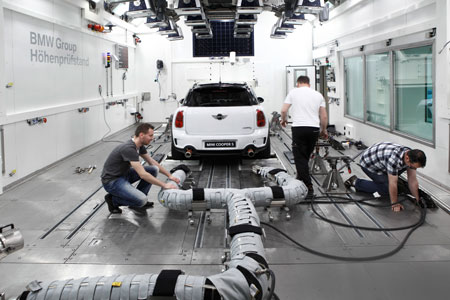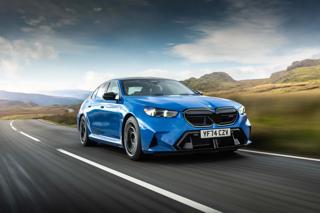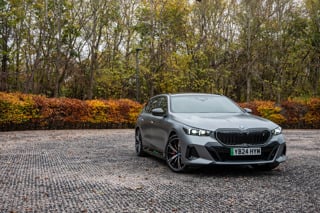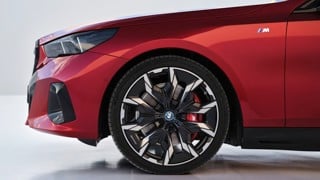“Our research indicates that hybrid and electric vehicles will account for between 5% and 15% of our sales by 2020,” said Lopez.
“However, we still regard the internal combustion engine as our major area of technical development for the next 20 years.
"For the foreseeable future, this area will continue to account for the bulk of our research investment.”
Europe’s latest three-pot motor is just the first in a fresh family of engines being developed to help BMW slash tailpipe emissions by 25% over the next seven years.
All-new power units will replace current four and six-cylinder engines over the next few months as the German company enters the next phase of the EfficientDynamics programme that has already been remarkably successful in reducing harmful exhaust fumes.
“Between 1995 and 2008, emissions of our European fleet fell by 27% and at the start of this year, 30 of our models produced less than 140g/km,” said BMW board of management member Klaus Draeger.
“We will achieve further reductions via our ActiveHybrid electric and plug-in vehicles we’ll launch next year and further research in hydrogen technology.”
New 2.0-litre engines will remain four-cylinder and will be turbocharged.
The petrol motors will feature variable valve timing and high precision injection systems while the diesels will use variable turbine geometry turbochargers and the latest common rail injection technology.
The new eight-speed auto transmission will feature a clever proactive engine management system that uses a computer to select gear ratios based on route information from the navigation system.
“This means the vehicle will always be in the right gear to deal with the road ahead,” said Dr Draeger.
However, anti-coasting legislation rules out another novelty for UK drivers. The Eco Pro driving assistant saves fuel by putting the engine on idle when you lift your foot from the accelerator between 30mph and 100mph.
First driving impressions
BMW’s new ‘baby’ power unit proves to be just as rewarding for the enthusiast as any other engine stamped with the famous blue and white roundel.
Even at idling speed, the burble that comes from the twin exhaust is music to the ear – a deep and meaningful beat that sounds nothing like you’d expect from a three-pot motor.
More compact than the regular four-cylinder engine, the petrol prototype unit sat further back in the 1 Series model we tried.
And the bright red car it powered lived up to its M Sport decals the moment the throttle was pressed.
Tuned to deliver 180hp, the TwinPower unit had all the mechanical muscle it needed to send the car streaking away from the start line with gusto and produced even more glorious sounds as we flicked the paddle switches up and down the ratios of the slick eight-speed automatic transmission that will be an option on the series’ production cars.
According to powertrain chief Bernardo Lopez, the prototype had been tuned to be overtly sporty to demonstrate the engine’s potential capabilities.
“In essence, this is half the six-cylinder motor of our TwinPower Turbo racer rather than a four-cylinder unit minus one pot, and we’ve made every effort to make sure it runs smoothly, responds swiftly and performs well at high speed.
“I’m particularly proud of the sporty sound it makes and I can guarantee the noise you can hear is purely mechanical,” he said.
A cool way to cut CO2
Every little helps in the quest to improve drivetrain efficiency, and more precise control of the airflow that cools engines will soon be allowing BMW to claim another reduction in tailpipe emissions.
Boffins have come with a new arrangement that uses an electric motor to better manage the opening, closing and intermediate positions of three upper and two lower radiator slats.
“We will start fitting the new system next year and expect it to cut drag co-efficient by 0.015,” head of aerodynamics Holger Winkelmann told Fleet News.
“That may not sound much, but it is enough to yield a 1.5% advantage in tailpipe emissions.”


















Login to comment
Comments
No comments have been made yet.